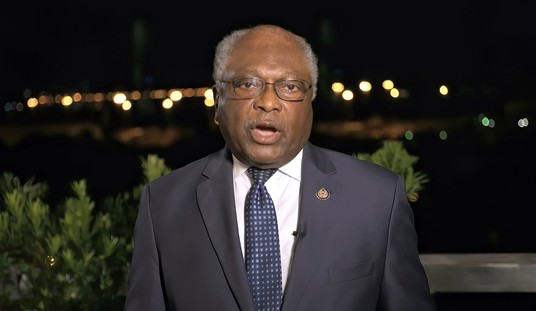Late last week the premier polling site, FiveThirtyEight, tweeted somberly: “I don't think people fully comprehend how scary the generic ballot numbers are for Democrats.”
The biggest sway away from Democrats is coming from independent voters.
The latest Gallup results give Republicans the broadest spread over Democrats in the history of generic-ballot polling. It’s also the first time the GOP has hit the magic 50 percent in the history of Gallup’s generic ballot.
"For independent voters, it's like the rock-paper-scissors game,” says Democratic strategist Steve McMahon. “They want bi-partisan solutions and smart policy. But right now, a 'no' to more spending beats a 'yes' to good policy, and that's the environment Democrats now find themselves in."
Despite expectations, especially given today’s political environment and intense media coverage, congressional elections are not typically competitive.
On average, about 95 percent of House members win reelection. This high rate is not simply about an incumbent's advantages (name recognition, fundraising, weak challengers) but it is also about the large number of uncompetitive seats.
Gerrymandering (partisan and racial) and demographics have helped to concentrate political competition into about 20 percent of House districts, or some 90 seats.
“The national political parties prefer this situation because it means that there are fewer districts that they have to contest, and it also tends to reduce the electoral uncertainty,” explains Dr. Lara Brown, author of Jockeying for the American Presidency.
Recommended
Brown, an expert in electoral competition, explains it this way: Assume that in those 90 competitive seats, half are held by each party. For one party to gain 40 seats, it must win nearly all the competitive seats held by the opposition while retaining nearly all its competitive seats.
“This is a formidable task,” she warns, “which is why the majority control of the House does not switch that often.”
This was not the case in the 19th century, when four of the more interesting House shifts occurred from 1888 to 1894.
In 1888 Benjamin Harrison beat Grover Cleveland (who, in 1884, became the first Democrat elected president since before the Civil War). Republicans also won the House, with 179 of its 332 seats.
In 1890 – Harrison's midterm election – Republicans lost their majority. When the new House convened, they held only 86 of 332 seats; Democrats held 238 and Populists, 8.
Two years later, after reapportionment and some redistricting to account for the addition of about 25 seats, Democrats lost a few seats to Republicans even though Cleveland beat Harrison for the presidency.
Then came the financial panic of 1893 and, in Cleveland's midterm year, Democrats went from holding 218 to just 93 of the House’s 357 seats.
Between 1892 and 1894, Democrats lost 125 House seats, about 35 percent of the total.
“Right now, if the Democrats lost 35 percent of the seats in the House, we would be looking at them losing over 150 seats,” said Brown, “which is not even close to the number – about 50 seats – that most prognosticators consider to be the high end of potential Democratic losses.”
How does this relate to today?
First, the number of even minimally competitive seats in 2010 (the average among an aggregation of experts is 30; Republicans need 39 to win the majority) remains relatively small, considering that the country’s founders likely imagined many more regularly would be competitive.
The House was intended originally to be more competitive so that it would be more representative of the people's will – not representative of partisan ideologues who are safely, frequently reelected.
“Unfortunately, neither political party is interested in furthering that end and both conspire to concentrate the competition and limit the uncertainty of the biennial electoral outcomes,” said Brown.
Moreover, the volatility of the coming midterm election – and the reverse pattern witnessed in 2006 – is directly related to both parties following the advice of the majority of their members.
In 2006, President Bush’s low approval rating in his second midterm election brought a loss of House seats (and the majority) for Republicans. In 2008, the beginnings of today’s recession/depression expanded the Democrats’ hold on the House.
Given President Obama’s low approval rating, a poor economy, and the tradition of a president’s party losing House seats in midterms, Democrats are likely to lose a large number of seats this time.
Yet, thanks to gerrymandering and the number of congressional “safe seats,” we’re unlikely ever again to see the kinds of swings witnessed in the past.

























Join the conversation as a VIP Member